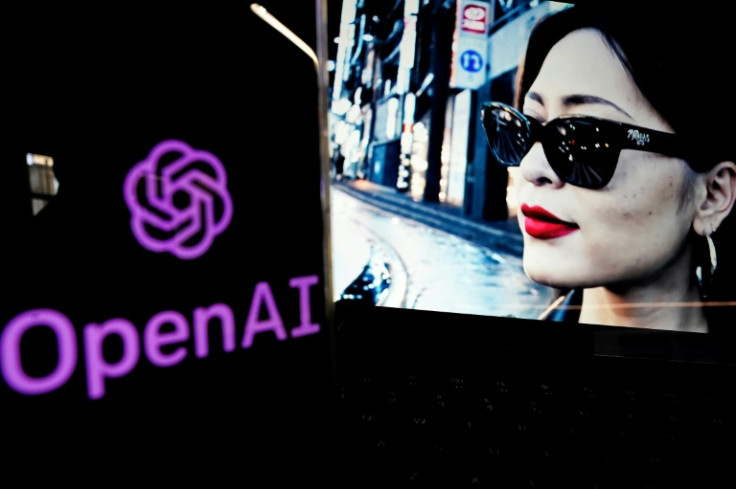
US firm OpenAI debuted a tool last week that can generate highly realistic snippets of video from just a few lines of text, leading content creators to wonder if they are the latest professionals about to be replaced by algorithms.
Reactions to the tool, called Sora, have ranged from head-over-heels enthusiasm to alarm over the future direction of the industry.
YouTuber Marques Brownlee called it "frightening" and "threatening" to see an AI doing his job.
On the other hand, Caleb Ward, one half of AI filmmaking duo Curious Refuge, told his YouTube followers he could not wait to get his hands on the tool.
Yet both Ward and Brownlee agreed that it was a massive moment for their industry.
"I can't stress enough how big a deal this is for the filmmaking and creative world," said Ward, who recently went viral with a trailer he created for a Wes Anderson-style Star Wars movie.
OpenAI, the company behind ChatGPT, said in its announcement that Sora was not yet available to the public.
The announcement did not specify use cases but said "a number of visual artists, designers and filmmakers" had been chosen to help test it.
The firm accompanied its statement with sample videos including a stylish woman walking along a Tokyo street, a cat waking up its owner in bed, and a group of charging woolly mammoths.
The internet immediately lit up with awe and praise, as is common with OpenAI products.
"I was shocked by their quality," Anis Ayari, an AI engineer and streamer known as Defend Intelligence, told AFP.
He suggested the tool could one day be used to create entirely virtual presenters.
But there were also plenty of dissenters who felt the videos were still firmly stuck in the "uncanny valley", where glitches in otherwise photo-realistic images can leave viewers feeling queasy.
Commentator Ed Zitron wrote that in OpenAI's cat video "the owner's arm appears to be part of the cushion and the cat's paw explodes out of its arm like an amoeba".
He wrote in his newsletter that AI video tools were too expensive and resource-hungry to ever be genuinely useful.
And styles of clips could not be harmonised, making the tools useless for creating anything other than tiny snippets.
Sora enters a marketplace that is heating up, with Google, Stability AI and several other smaller players already in the game.
YouTube itself announced last September it was developing a tool to let creators make AI-generated videos and background pictures.
However, the tools already available have hardly taken the world by storm.
French streamer FibreTigre said he had tried AI video tools but ended his experiment.
He said he was worried about the ethics of using tools trained on other artists' work, and ultimately the programs did not do their job well enough.
"They're just ugly," he said of AI videos.
He said he could see a future where viewers would have a "huge amount of fatigue" with AI and would cherish anything that was not artificial.







